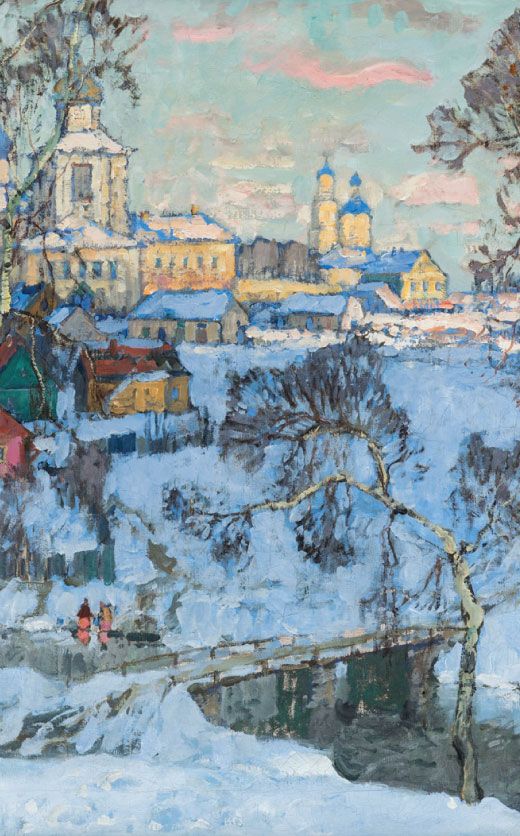Group of 5 Huichol Mara'akame Shaman Ritual Hats
Lot 73d
About Seller
Artemis Fine Arts
686 S Taylor Ave, Ste 106
Louisville, CO 80027
United States
Selling antiquities, ancient and ethnographic art online since 1993, Artemis Gallery specializes in Classical Antiquities (Egyptian, Greek, Roman, Near Eastern), Asian, Pre-Columbian, African / Tribal / Oceanographic art. Our extensive inventory includes pottery, stone, metal, wood, glass and textil...Read more
Categories
Estimate:
$400 - $600
Absentee vs Live bid
Two ways to bid:
- Leave a max absentee bid and the platform will bid on your behalf up to your maximum bid during the live auction.
- Bid live during the auction and your bids will be submitted real-time to the auctioneer.
Bid Increments
| Price | Bid Increment |
|---|---|
| $0 | $25 |
| $300 | $50 |
| $1,000 | $100 |
| $2,000 | $250 |
| $5,000 | $500 |
| $10,000 | $1,000 |
| $20,000 | $2,500 |
| $50,000 | $5,000 |
| $100,000 | $10,000 |
| $200,000 | $20,000 |
About Auction
By Artemis Fine Arts
Aug 22, 2025
Set Reminder
2025-08-22 10:00:00
2025-08-22 10:00:00
America/New_York
Bidsquare
Bidsquare : Indigenous Art - Ralph T. Coe Center, Santa Fe, NM
https://www.bidsquare.com/auctions/artemis-gallery/indigenous-art---ralph-t-coe-center-santa-fe-nm-20324
Featuring works of art from the Ralph T. Coe Center for the Arts in Santa Fe, New Mexico, a non-profit focused on promoting Indigenous Arts globally. All proceeds from the sale of these items will support future grants to Rehoming Program participants. Artemis Fine Arts info@artemisfinearts.com
Featuring works of art from the Ralph T. Coe Center for the Arts in Santa Fe, New Mexico, a non-profit focused on promoting Indigenous Arts globally. All proceeds from the sale of these items will support future grants to Rehoming Program participants. Artemis Fine Arts info@artemisfinearts.com
- Lot Description
Latin America, Mexico, Huichol or Wixarika, ca. 1980s to 1990s CE. A vibrant and symbol-laden ensemble of five Huichol mara'akame (shaman) hats, dating from the 1980s to 1990s, each meticulously crafted from vegetal fiber and richly adorned with materials including squirrel tails, turkey and hawk feathers, plumeria seeds, acrylic yarn, ribbons, buttons, denim, deer hooves, and thread. These hats are not merely adornments but sacred instruments of Huichol ritual life, worn by shamans during pilgrimages, ceremonies, and healing rites. One particularly distinguished example, created by artist Julio Villa Ramirez around 1982-1987, features a crown encircled by soft squirrel tails, bright yarn pompoms, and colorful ribbon, its orange silk-rimmed brim both reinforcing the structure and adding visual brilliance. Size of largest (deer hoof fringe): 26.5" W x 7" H (67.3 cm x 17.8 cm)
Others in the group exhibit striking combinations of dyed feathers, exuberant yarn rosettes, deer hoof fringe, and geometric ribbonwork, each design reflecting the personal vision of the maker and the spiritual role of the wearer.
In the Huichol (Wixarika) tradition, the mara'akame hat is a powerful emblem of the shaman's ability to mediate between the human and divine realms. The wearer undertakes sacred pilgrimages to Wirikuta, the ancestral land of the peyote cactus, in search of the mythical blue deer and the nierika - the "gift of seeing." During these journeys, the hat shields from the sun and marks the wearer's spiritual authority, while its embellishments embody prayers for rain, fertility, health, and protection. Feathers may be used in healing rites to cleanse illness, while pompoms and beadwork carry symbolic associations tied to mythic narratives and the elements of earth, water, air, and fire.
Huichol art, including these hats, is a form of sacred writing - visual poetry that transmits myths, cosmology, and lived experience. Each hat is a record of vision and devotion, a portable altar worn upon the head. Together, this group offers a vivid testimony to the continuity of Huichol ceremonial life into the late 20th century, even as the Wixarika people have opened their traditions to the wider world in defense of their sacred lands and peyote rites.
Hat by Julio Villa Ramirez was exhibited in "Reflections on Movement" in May 2024 at Ralph T. Coe Center for the Arts, Santa Fe, New Mexico as part of the 2023-2024 Hands On Curatorial program.
Provenance: Ralph T. Coe Center for the Arts, Santa Fe, New Mexico, USA
All items legal to buy/sell under U.S. Statute covering cultural patrimony Code 2600, CHAPTER 14, and are guaranteed to be as described or your money back.
A Certificate of Authenticity will accompany all winning bids.
We ship worldwide and handle all shipping in-house for your convenience.
SHIPPING EXCEPTIONS: Due to customs clearance issues, we are unable to ship to Germany, Switzerland and Australia. If you live in Germany, Switzerland or Australia, you will need to provide an alternate shipping destination, or we will not be able to complete your purchase. In addition, please note that we are unable to ship ancient items back to the original country of origin (Egyptian to Egypt, Greek to Greece, etc.)
PAYMENT EXCEPTION: Unless a known customer of Artemis, payment for all gold / precious metal / gem lots must be made via Bank Wire Transfer or Certified Bank Check/Money Order, no exceptions.
#196430Losses and fraying to some ornaments, but otherwise, all have excellent presentations.Condition
- Shipping Info
-
All shipping is handled in-house for your convenience. Your invoice from Artemis Fine Arts will include shipping calculation instructions. If in doubt, please ask before bidding for estimated shipping costs for individual items.
-
- Buyer's Premium



 EUR
EUR CAD
CAD AUD
AUD GBP
GBP MXN
MXN HKD
HKD CNY
CNY MYR
MYR SEK
SEK SGD
SGD CHF
CHF THB
THB











